Our Regenesis Range is keeping those single-use plastic bottles out of landfill.
rPET (recycled Polyethylene Terephthalate) is created by recycling plastics that were previously used as packaging materials.
The ever-increasing problem of single-use plastic wrapping, such as plastic drinking bottles, is now finding an outlet through digital textile printing.
Technology has developed a method whereby bottles are sorted, cleaned and stripped of labels and caps, melted down into pellets and then spun into yarn to make fabrics.
The resulting polyester fabric prints beautifully. Of course, non-toxic inks and the zero waste sublimation printing methods used at The Silk Bureau make this a truly environmentally-aware product. It’s quite astonishing how a plastic bottle can end up as a beautifully soft fabric. We already have six different weights to choose from that would suit a variety of garments. Specifications for each of these can be found on our Fabric page.
To confirm the eco-authenticity of the products you make from the Regenesis fabric range, we have swing tags available. The tags indicate that the fabric is made from a recycled PET filament. Simply hang one on each of your final products when ready to retail. Please note we will include one swing tag for every metre of fabric printed, however, if you need more then let us know when placing your order and we can pop those in with the completed printed fabric. (Subject to availability)
I’m absolutely thrilled with the Regenesis satin – I love it! Print quality is excellent as usual and my new customers love it too. Su
Showing all 8 results
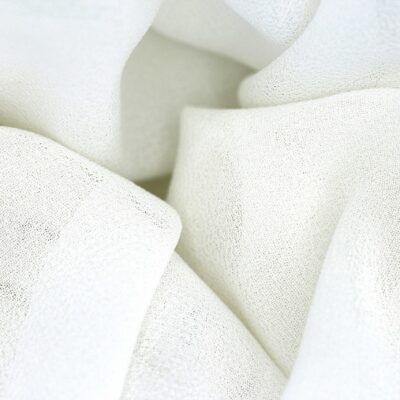 WEIGHT: 98 gsmWIDTH: 144 cmCOLOUR: WhiteView Fabric
WEIGHT: 98 gsmWIDTH: 144 cmCOLOUR: WhiteView Fabric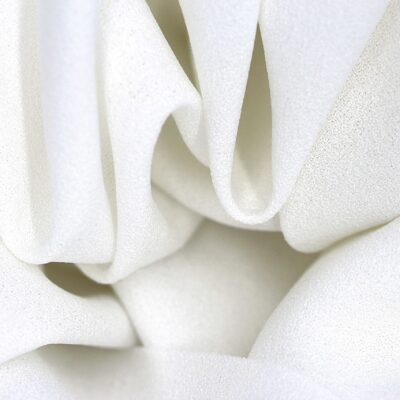 WEIGHT: 100 gsmWIDTH: 144 cmCOLOUR: WhiteView Fabric
WEIGHT: 100 gsmWIDTH: 144 cmCOLOUR: WhiteView Fabric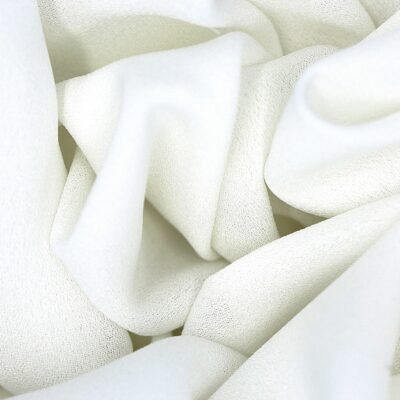 WEIGHT: 125 gsmWIDTH: 144 cmCOLOUR: WhiteView Fabric
WEIGHT: 125 gsmWIDTH: 144 cmCOLOUR: WhiteView Fabric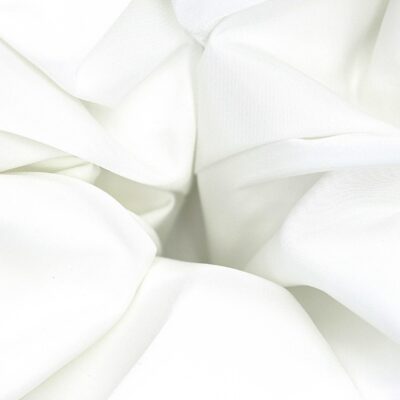 WEIGHT: 80 gsmWIDTH: 144 cmCOLOUR: IvoryView Fabric
WEIGHT: 80 gsmWIDTH: 144 cmCOLOUR: IvoryView Fabric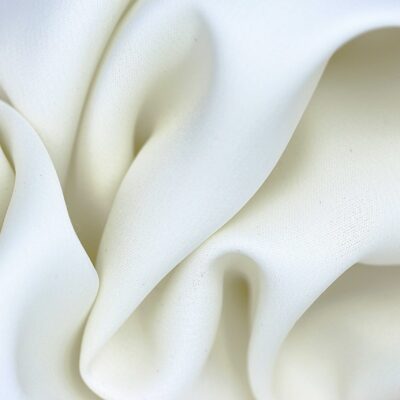 WEIGHT: 172 gsmWIDTH: 144 cmCOLOUR: WhiteView Fabric
WEIGHT: 172 gsmWIDTH: 144 cmCOLOUR: WhiteView Fabric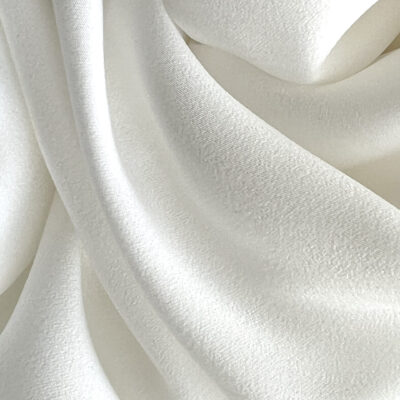 WEIGHT: 90 gsmWIDTH: 144 cmCOLOUR: WhiteView Fabric
WEIGHT: 90 gsmWIDTH: 144 cmCOLOUR: WhiteView Fabric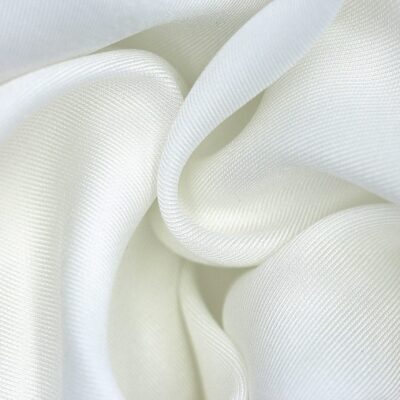 WEIGHT: 96 gsmWIDTH: 144 cmCOLOUR: IvoryView Fabric
WEIGHT: 96 gsmWIDTH: 144 cmCOLOUR: IvoryView Fabric WEIGHT: 130 gsmWIDTH: 144 cmCOLOUR: WhiteView Fabric
WEIGHT: 130 gsmWIDTH: 144 cmCOLOUR: WhiteView Fabric© The Silk Bureau Limited 2024
| Cookie | Duration | Description |
|---|---|---|
| cookielawinfo-checbox-analytics | 11 months | This cookie is set by GDPR Cookie Consent plugin. The cookie is used to store the user consent for the cookies in the category "Analytics". |
| cookielawinfo-checbox-functional | 11 months | The cookie is set by GDPR cookie consent to record the user consent for the cookies in the category "Functional". |
| cookielawinfo-checbox-others | 11 months | This cookie is set by GDPR Cookie Consent plugin. The cookie is used to store the user consent for the cookies in the category "Other. |
| cookielawinfo-checkbox-necessary | 11 months | This cookie is set by GDPR Cookie Consent plugin. The cookies is used to store the user consent for the cookies in the category "Necessary". |
| cookielawinfo-checkbox-performance | 11 months | This cookie is set by GDPR Cookie Consent plugin. The cookie is used to store the user consent for the cookies in the category "Performance". |
| viewed_cookie_policy | 11 months | The cookie is set by the GDPR Cookie Consent plugin and is used to store whether or not user has consented to the use of cookies. It does not store any personal data. |
The processes involved in digital textile printing causes the original fabric to shrink. If you are printing scarves, the size of the finished product will be important to you. For example, if you have square artwork, you will be expecting your finished scarf to be square!
To get the printed fabric closer to the size you need, all fabric intended for scarves must go through an extra step to reshape it. Please allow extra time on your deadlines to allow for this process.
Let us introduce you to the …
The stenter is an enormous piece of machinery that has many uses, including coating our fabrics and reshaping scarf orders.
After travelling through a solution to soften the fabric, it then passes over a flat bed, gripped on the selvedge edges to pull it back into shape.
It’s a long and precise process that needs to be carefully monitored.
If you have selected to use our hemming service, we will check the stentered fabric for you before we begin to finish your scarves. If you are not using our service, it’s up to you to check the size BEFORE you cut out the individual scarves from the fabric length. We cannot re-size after your scarves have been cut out.